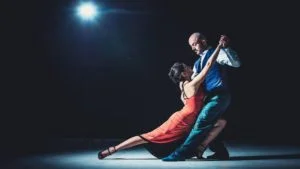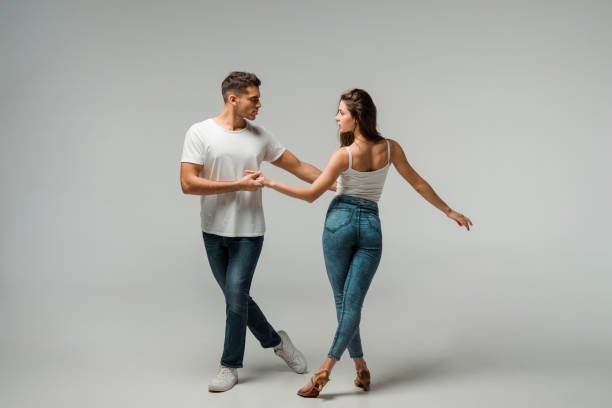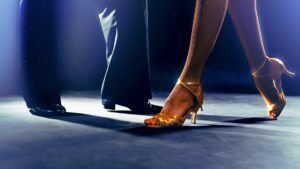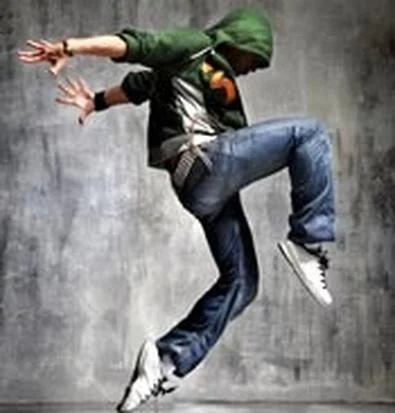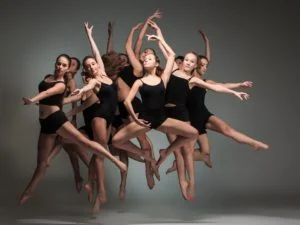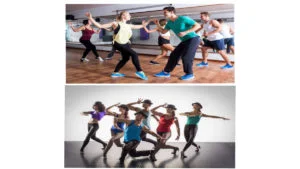Music and dance are universal languages as they truly connect people while also telling the history of a culture. Many Latin American countries use music and dance to keep their traditions alive. There’s salsa, rumba, and samba which are heavily influenced by African roots while the tango has its roots in Argentina. These dance styles display a vigor depicting associations to their respective countries and hence, their culture.
In this blog by Podium School, “Dance forms from Latin America”, we compiled some of the most famous Latin American dance styles.
Famous Latin American Dance Forms
Folklorico
![Baile Folklorico, Mexican Dance - Community Cultural Celebration [Enid, OK] - YouTube- latin maerica](https://i.ytimg.com/vi/dSaiZMtabj4/maxresdefault.jpg)
Folklorico is traced all the way back to the indigenous people of Mexico. The footwork (Zapateado) in this dance form is the foundation of this percussive dance style. In 1952, Amalia Hernandez created the Ballet Folklorico de Mexico to dance Folklorico at the Pan American Games. Here she was the first to blend it with modern dance and ballet. Folklorico displays the life and spirit of people through its movements.
Argentine Tango
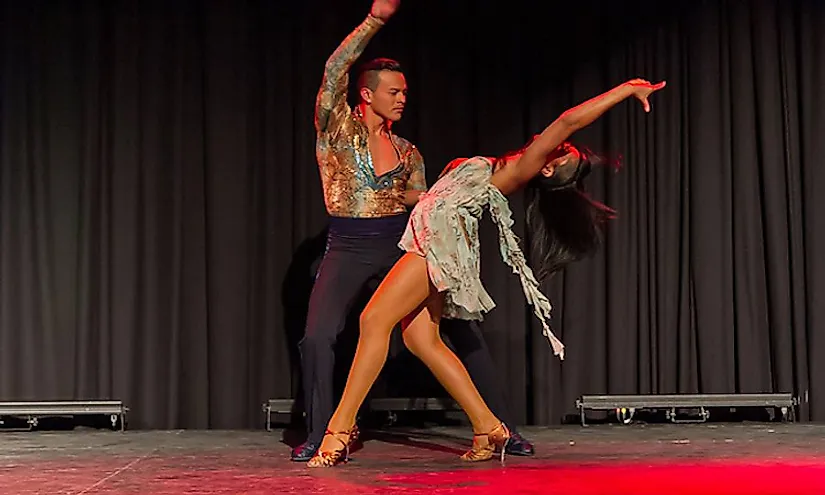
The salsa originated in rural eastern Cuba and quickly gained popularity in Havana in the 20th century. It however began with guitar-playing and African rhythms. It was not quite like the salsa we know today with the horns and trumpets. The dance gained worldwide popularity from Puerto Ricans in New York. Modern-day singers like Puerto Rican artist Marc Anthony gave it huge popularity. Of course, the most popular salsa singer of all time is Celia Cruz along with Ismael Rivera and Hector Lavoe.
Bachata

Bachata finds its origins from Dominican Republic, almost from the 1960s. Due to its sensual nature and lyrical content, it was banned by dictator Rafael Trujillo. Juan Luis Guerra is a popular Bachata dancer. Guerra’s efforts popularized Bachata which won a Grammy for “Bachata Rosa” in 1992. It has continued to grow in popularity thanks to Latin artists like Romeo Santos and Prince Royce. The dance has also taken over the fitness world with Zumba instructors often choreographing bachata routines known for its footwork and hip movements. .
Samba
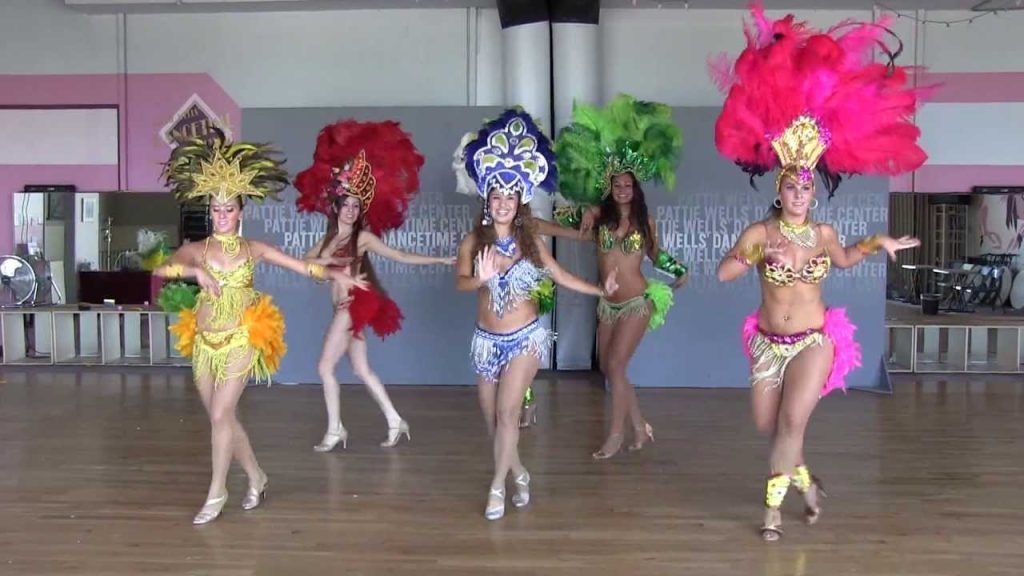
The samba is a Brazilian dance form with rhythms from Africa. This style is however very powerful and has become popular in parades and even protest marches around the world. Interestingly there are many samba dancers who participate in the yearly Carnaval parade in Brazil, like Viviane Araujo, Sabrina Sato, and Renata Santos, etc.
Jive
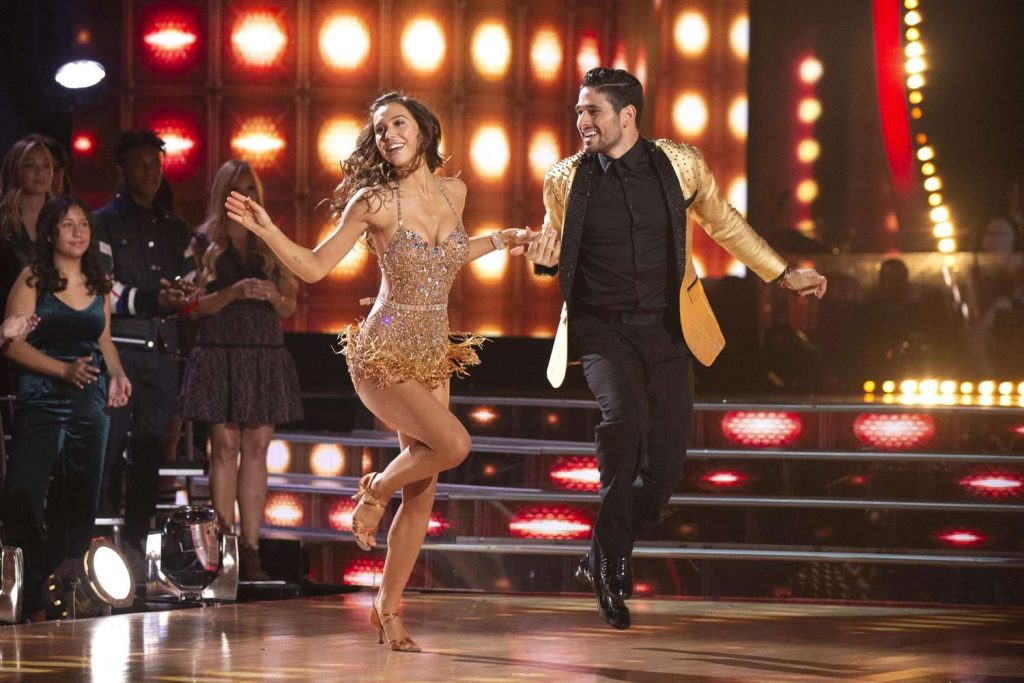
This is the sixth in the list of dance forms from Latin America. Jive dancing originated in the U.S. It was however made popular by the African American community and was performed with high energy like swing dance. However, the Jive is a dance form which is known to hold the characteristics of being both lively and fast-paced that is typically danced to up-beat swing or contemporary music
Perreo
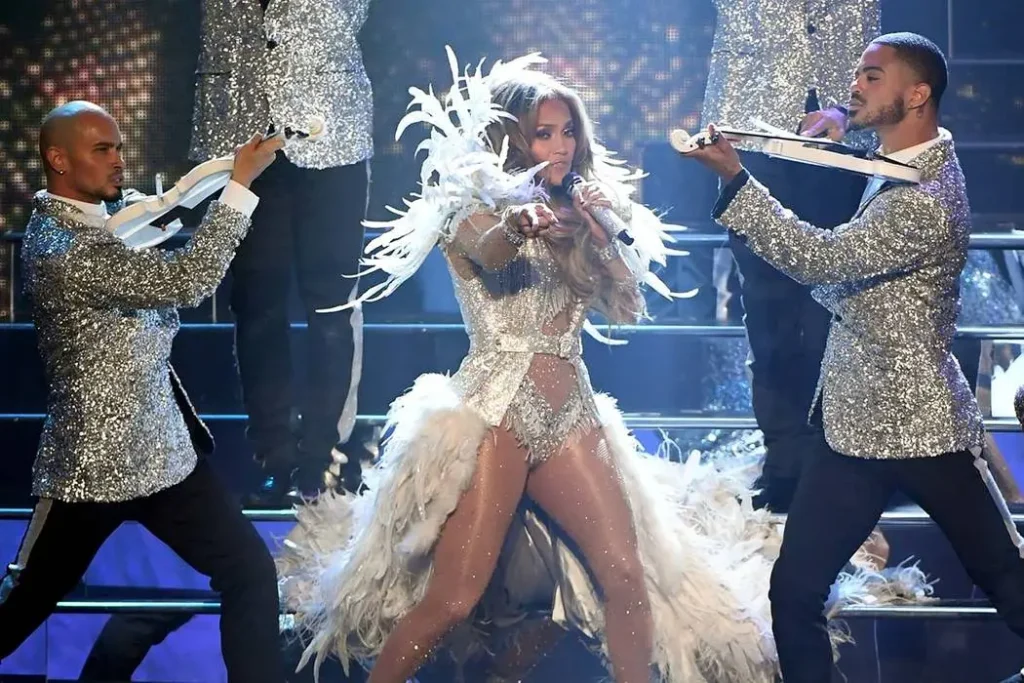
El perreo, aka Sandunguero, is the popular dance style associated with reggaeton (Reggae) music, which originated in Panama in the 1970s. It then eventually made its way to Puerto Rico in the 1990s. Reggaeton music is a mixture of Jamaican and Latin American sounds with hip hop and electronica beats. Perrero can be danced in many ways including face to face or guy behind the girl, but it’s basically like twerking and is known as a sexually charged dance. It continues to enjoy global fame through artists such as Bad Bunny, Daddy Yankee, and J Balvin.
Merengue
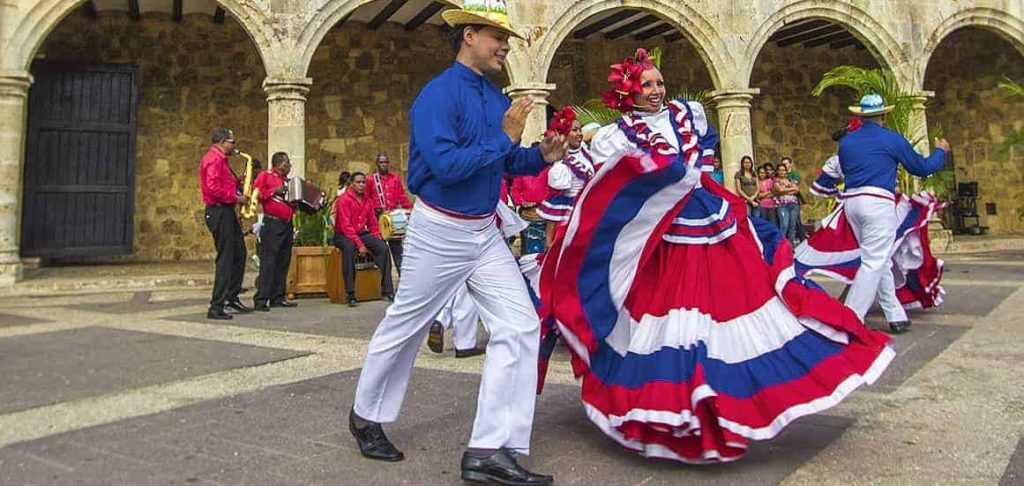
Merengue originated in the Dominican Republic (it’s the national dance) and Haiti with its rhythms influenced by different Venezuelan and Afro-Cuban roots. It’s based on a repeating five-beat rhythmic pattern called a quintillo with common instruments used alongside the dance being the accordion and drums. It is characterized by a sliding step.
Paso doble
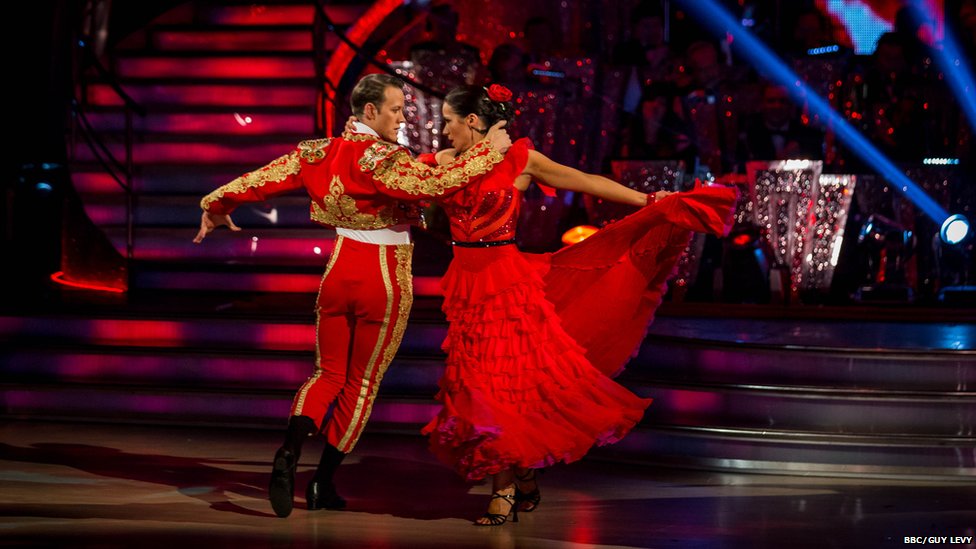
The Paso Doble is a Latin theatrical dance with bits of Spanish and French origins. It is surely a sort of dramatic dance that goes on to depict a story through sharp movements, striking body poses, and flamenco style footwork. Paso doble is the dance of the bullfight, and is a strong dance which has its origins in France. The Spanish and Portuguese adopted and moulded it. What we can infer through this is that this dance form is not performed in social settings but rather is reserved for competition.
Cha-Cha-Cha
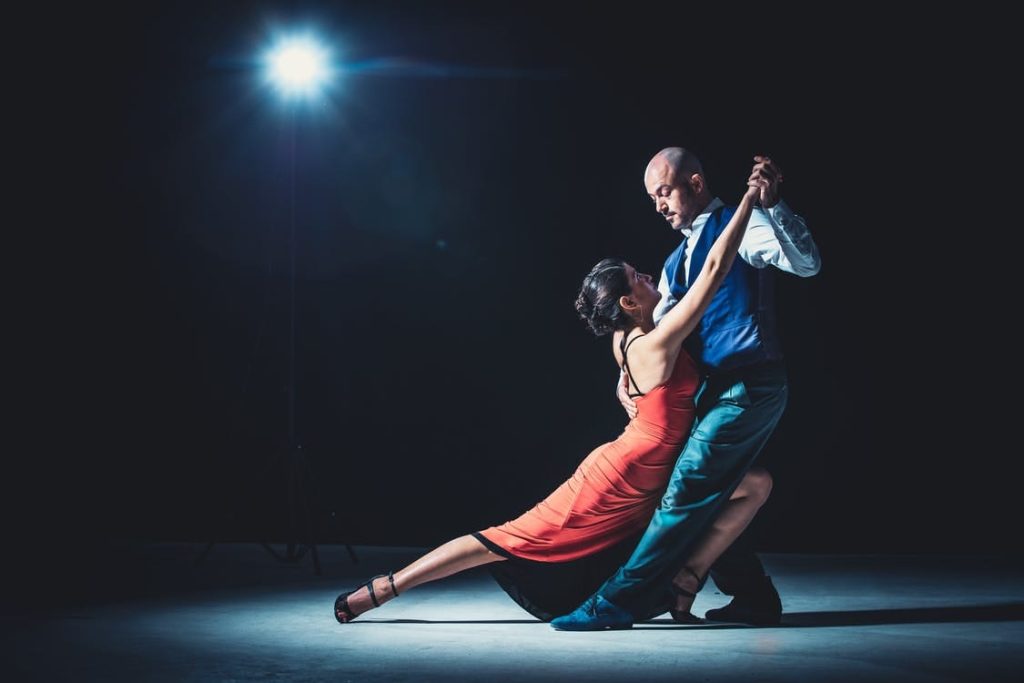
The cha-cha-cha is the tenth in the list of the dance forms from Latin America. It is a Cuban dance that came from the shuffling of the dancers’ feet. Enrique Jorrin, a Cuban composer, and violinist introduced the cha-cha-cha in 1948. Cha Cha gathers its flavor, rhythm, and charm from a derivation of three primary sources. This facet surely makes the dance fun for people of not one but all ages.
Mambo

This dance originated in Cuba during the 1940s. Mambo is less structured than other disciplines in the genre and heavily emphasizes feeling the music. It is a ballroom dance of Cuban origin that resembles the rumba and the cha-cha-cha. Mambo is a ballroom dance of Cuban origin that resembles the rumba and the cha-cha. If we need to talk about the club-style salsa and mambo, the only difference we can identify is that salsa becomes that kind of dance form that can be danced on any beat whatsoever whereas, in mambo, the break step is taken on the second beat.
Rumba
The rumba originated in the 19th century in the slums of eastern Cuba. Music historian Maya Roy describes it as “a Spanish legacy Africanized in the Cuban crucible.” It combines both African and Spanish rhythms and was popular among the Afro-Cubans at the time. The word “Rumba” actually means “party” which is why it’s such a lively dance.
Final thoughts
Following the music, movement history, and rhythms, Latin dance evolved over time and individual steps slowly shifted the repertoire of each dance. It has several different forms and many modernized styles which creates a problem because it is shifting away from its Native, European, and African roots.
At Podium School we encourage our students to learn different dance forms. We also provide private lessons to kids. Our range of classes includes live lessons for Kathak, Bharatnatyam, and Contemporary Dances. You can also check out our blog for more modern dance updates! Read our latest blog update on famous modern dancers.
Share with your friends

